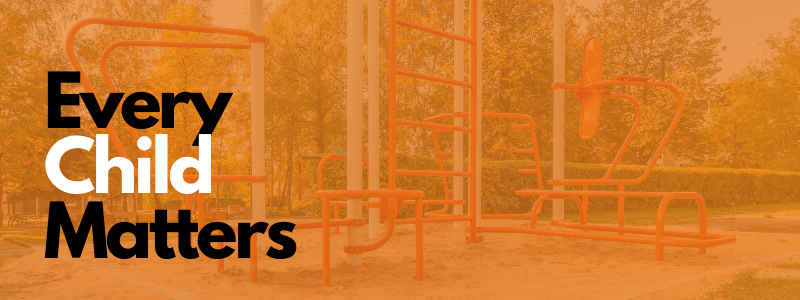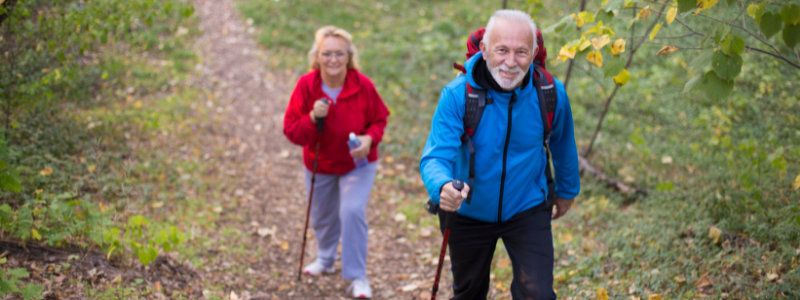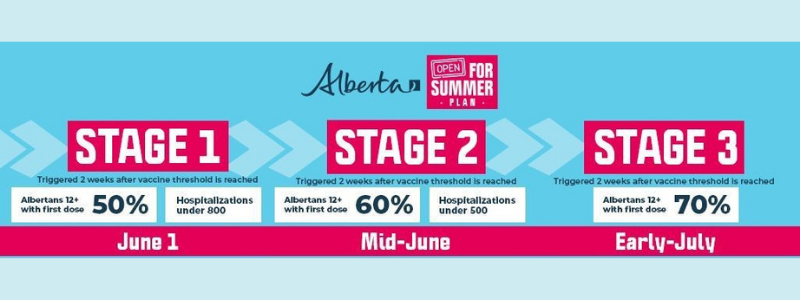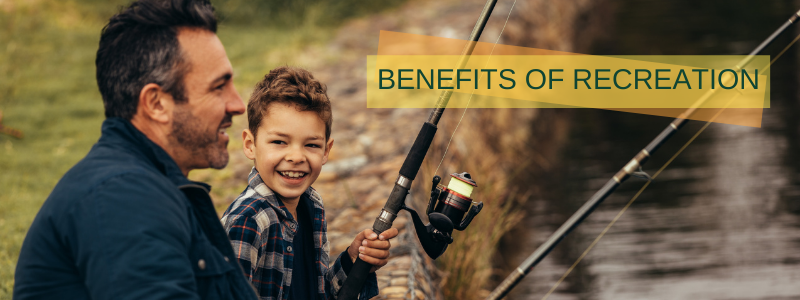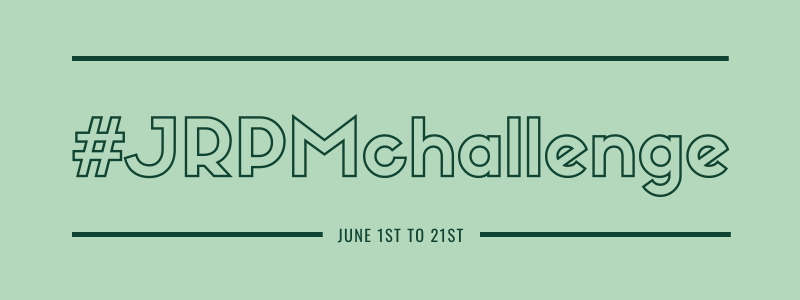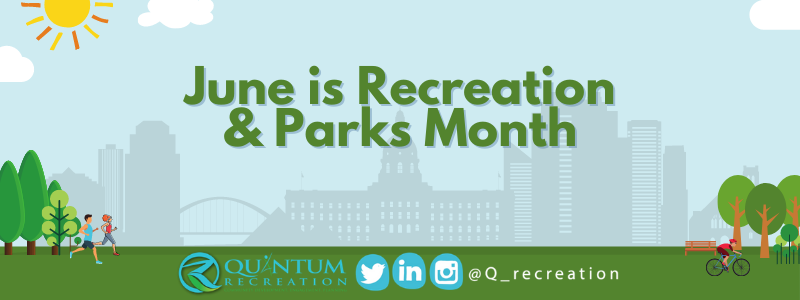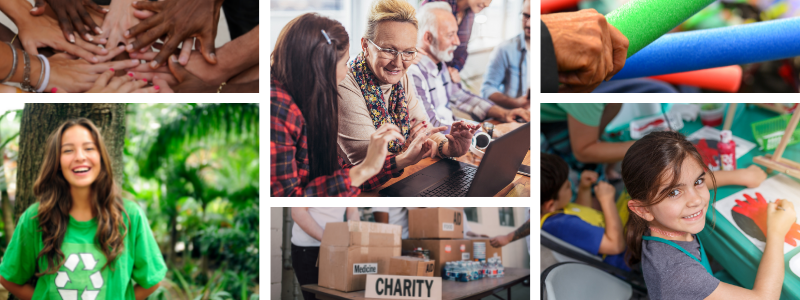Aside from issues relating to playing dynamics and athlete performance, the risk of injuries is also one of the main concerns of field owners, parents, athletes and coaches in using artificial turf. Despite this, synthetic turf has gained even more popularity over the years. Play surfaces are an essential factor in head and body impact injuries, and there are two popular tests used in evaluating sports field safety, the HIC test and the Gmax test. What are these, and which one should you use?
What is HIC test?
The Head Injury Criterion Impact Test (ASTM F355E) or HIC test is one of the most effective ways to measure the probability of head injury from impact with a surface. Various studies and experiments have been done to assess the effectiveness and limitations of HIC testing. In 2010, World Rugby started to use HIC as the standard for impact measurement.
Concussions are also a hot topic when it comes to player safety on sports turf. Turf fields condition could impact concussion risk and severity. According to Concussion Legacy Foundation, 1 in every five concussions is caused when the head impacts the playing surface. This is the main reason why more and more field owners, recreation providers and operators do HIC tests to assess how safe their playing surfaces are during an impact.
The impact of a fall is measured by dropping a 10.1 lbs. hemispherical head form from various heights. The HIC missile closely simulates the shape and weight of the average human head. When dropped, the missile acceleration is measured at impact and translated into HIC value which correlates to a drop height. The critical fall height is the drop height at which a score of 1000 is achieved. For instance, World Rugby uses a 1.3m standard. At this point, the HIC score should be less than 1000.
What is GMAX test?
The Gmax test measures the ability of sports surfaces to absorb shocks from impact. The test drops a 20.0 lb, flat-ended missile in locations to measure the shock-absorption characteristics of the field. The test will show how well the surface absorbs the impact through Gmax values. Gmax values are a ratio of the maximum acceleration experienced during impact to the normal rate of acceleration due to gravity. The higher the Gmax values, the poorer the shock-attenuation performance of a playing surface. The Gmax test was used in synthetic field turfs for nearly 20 years, back to the dummies crash test used by Ford and GM in the 1960s.
Three successive drops are taken on each test point throughout the field. The Gmax score of each location is the average of the second and third drops. The ASTM standard for Gmax value is 200. This means that no drop on the field can exceed a score of 200 Gmax. Anything over can be considered unsafe. This standard has been the subject of debates, and some don’t follow the 200 Gmax level. For instance, the Synthetic Turf Council has adopted a lower, upper limit of 165.
Should you use a HIC test or a GMAX test?
Overall field safety measures should be kept within acceptable ranges to let athletes perform to the best of their abilities. Both HIC and Gmax are used to measure the amount of force a playing field absorbs upon impact. Each is important and has its purposes. In case of head injury risks, HIC tests would be highly recommended than Gmax.
Conducting both tests in your field is better for athlete performance safety. But to get a complete picture of the field safety, both HIC and Gmax tests with other sports turf performance tests such as Vertical Deformation, Energy Restitution, Force Reduction and Rotational Resistance should be completed. These tests are measured according to FIFA Standard.


